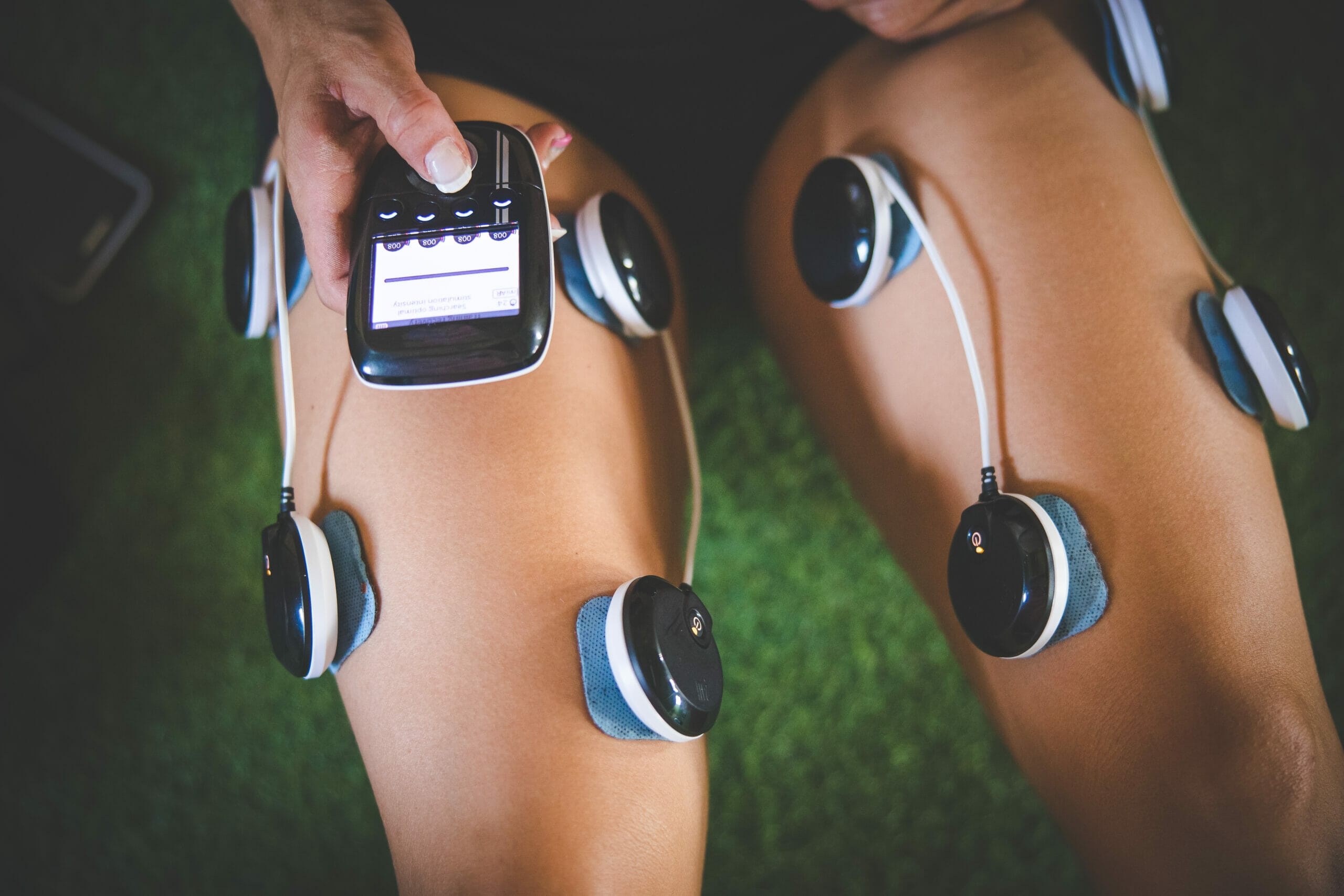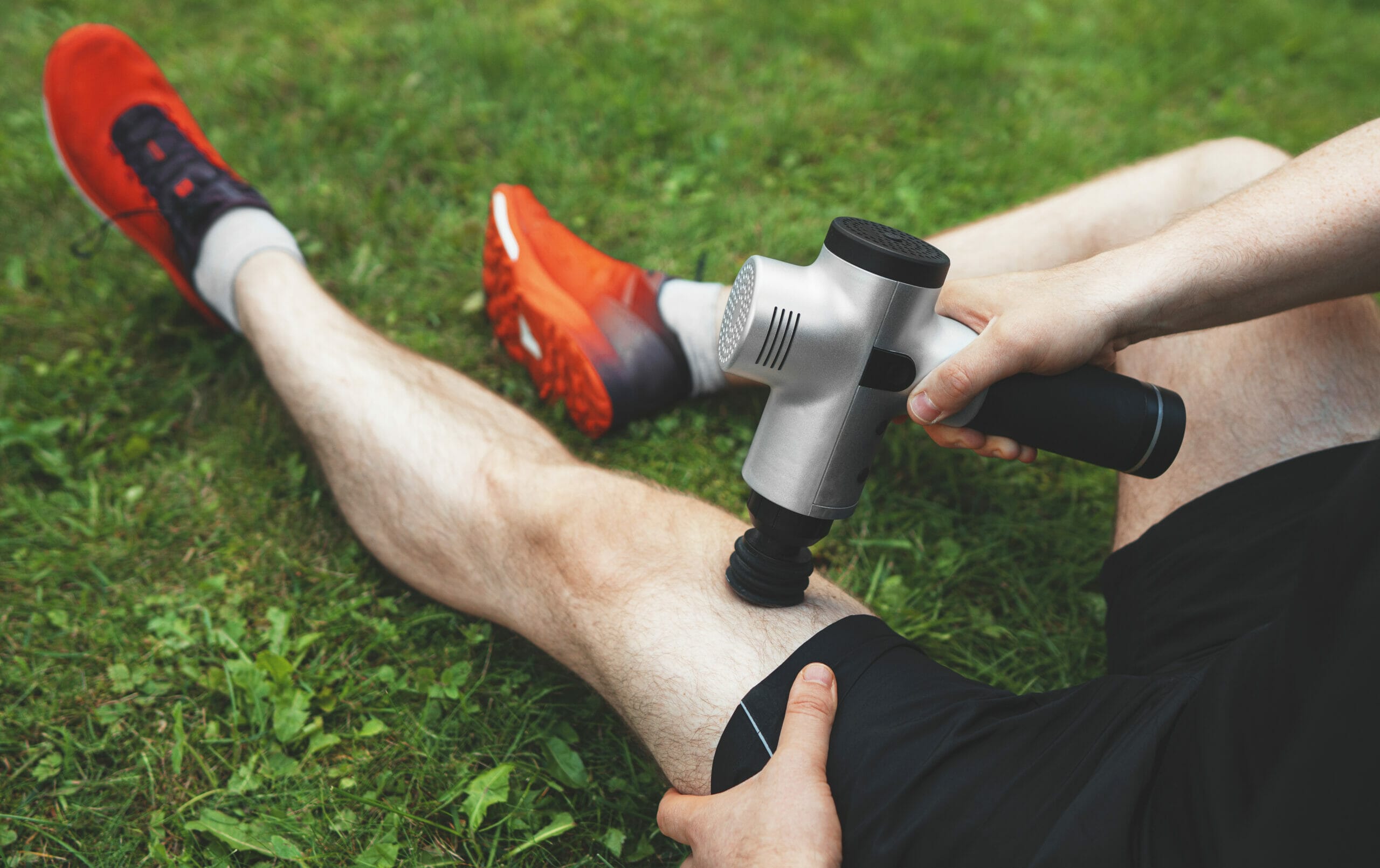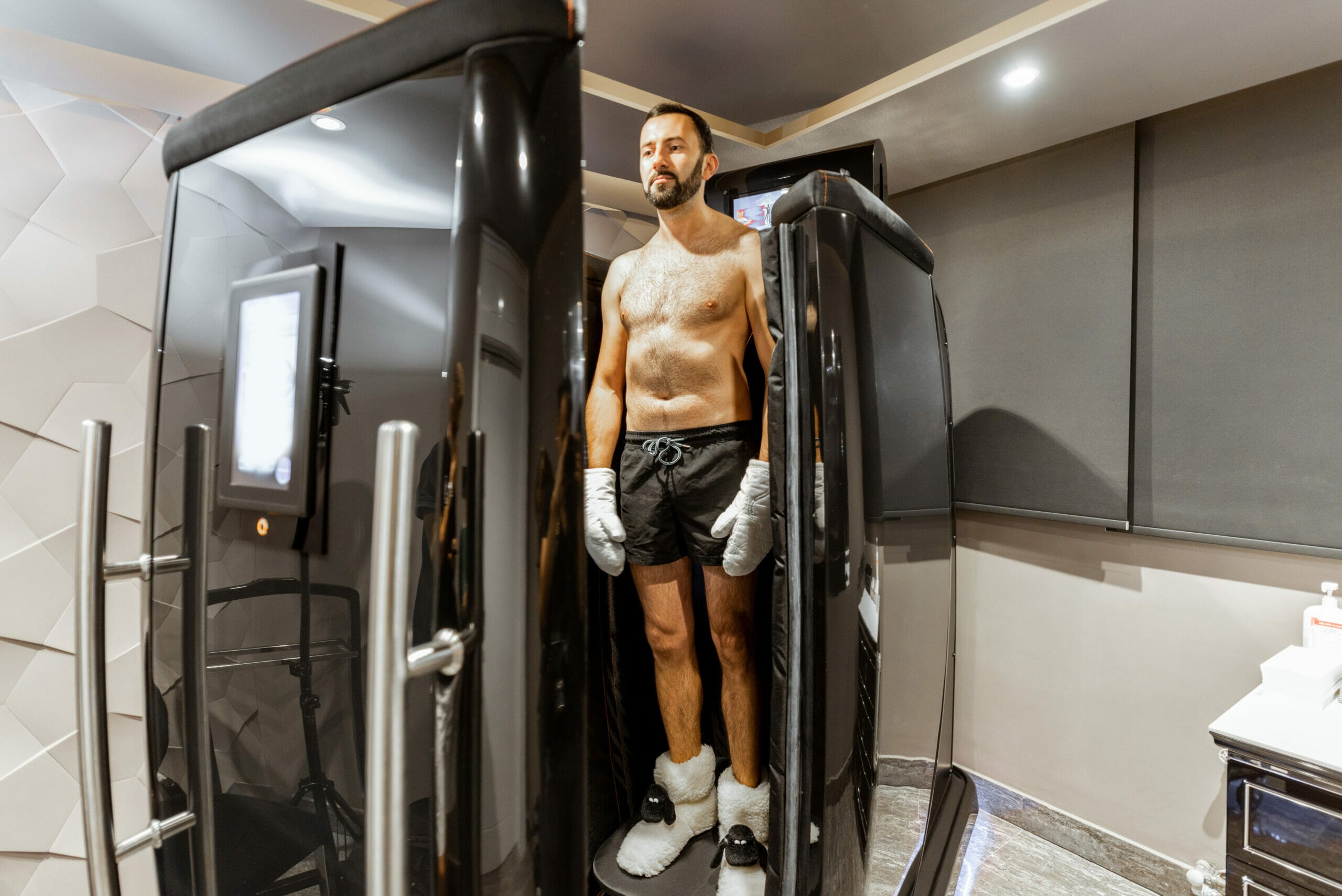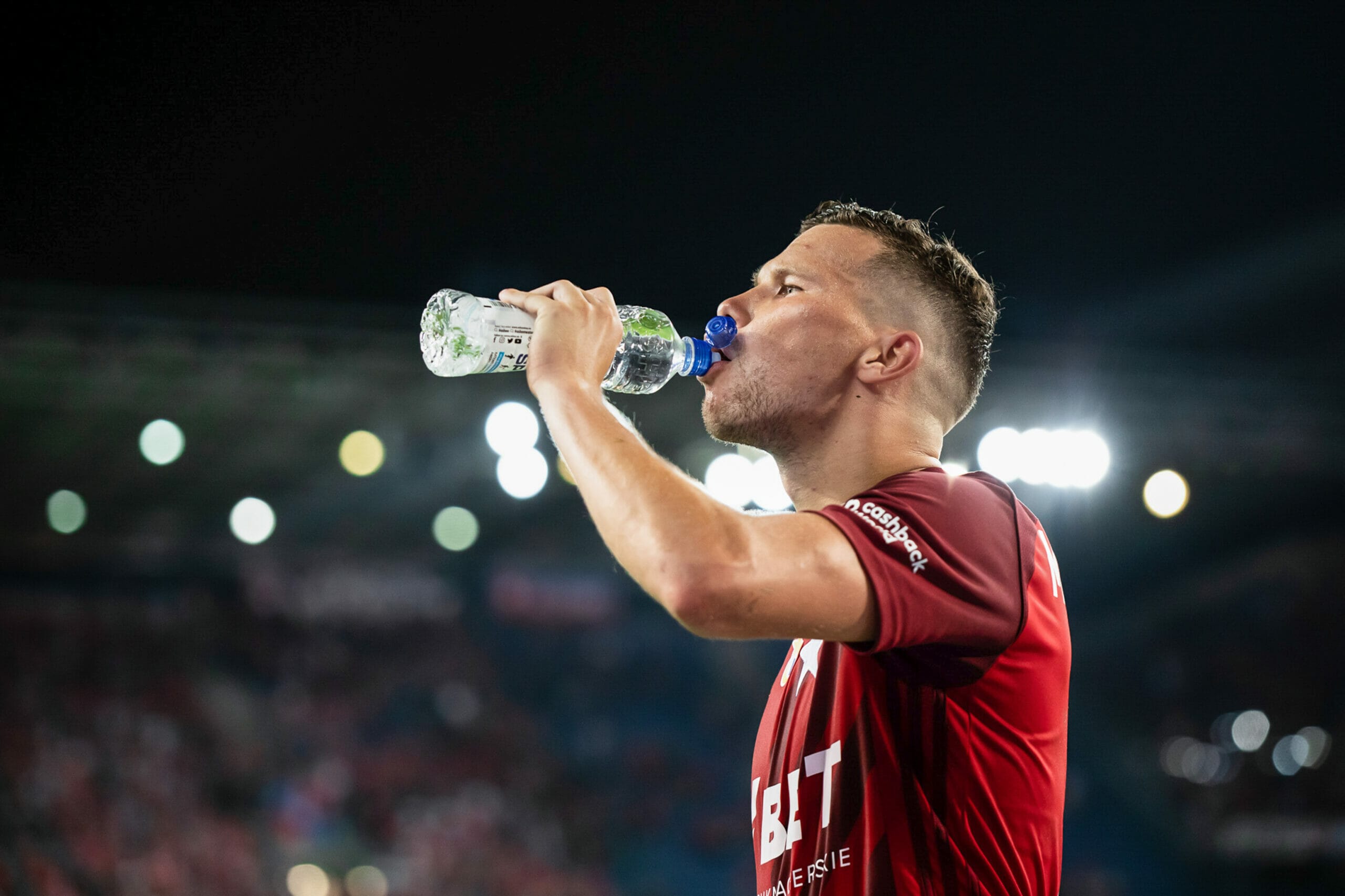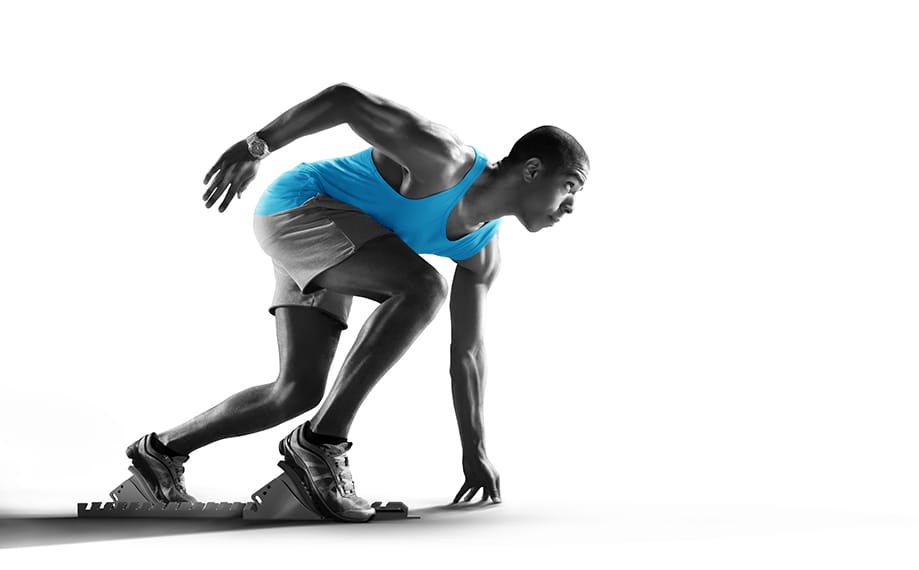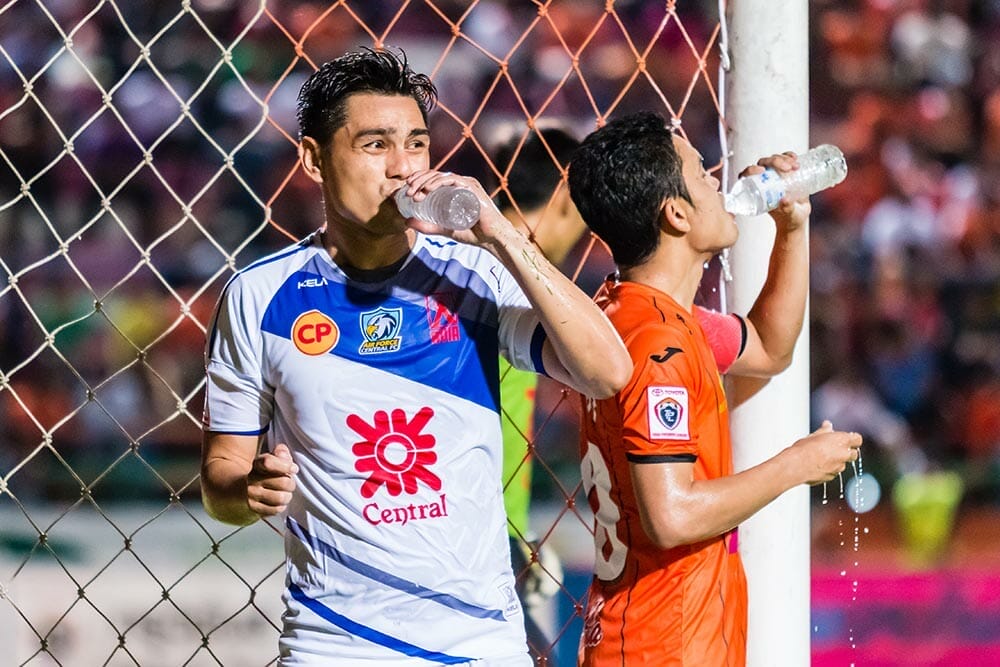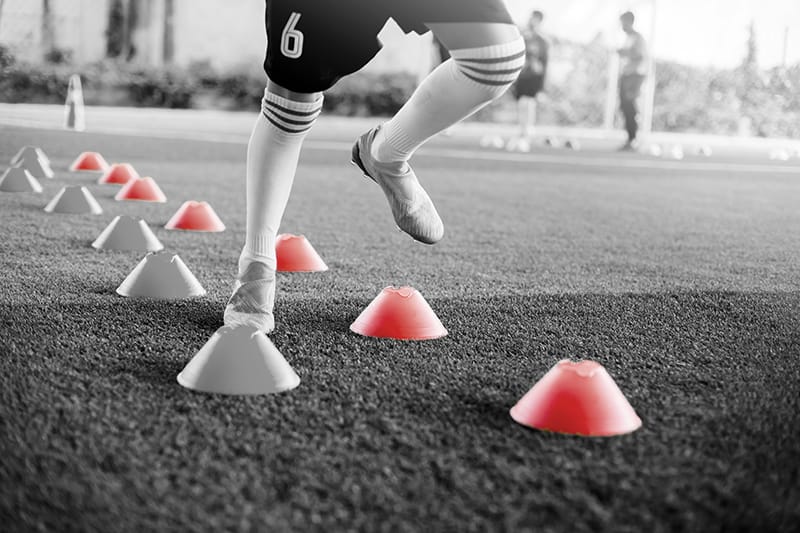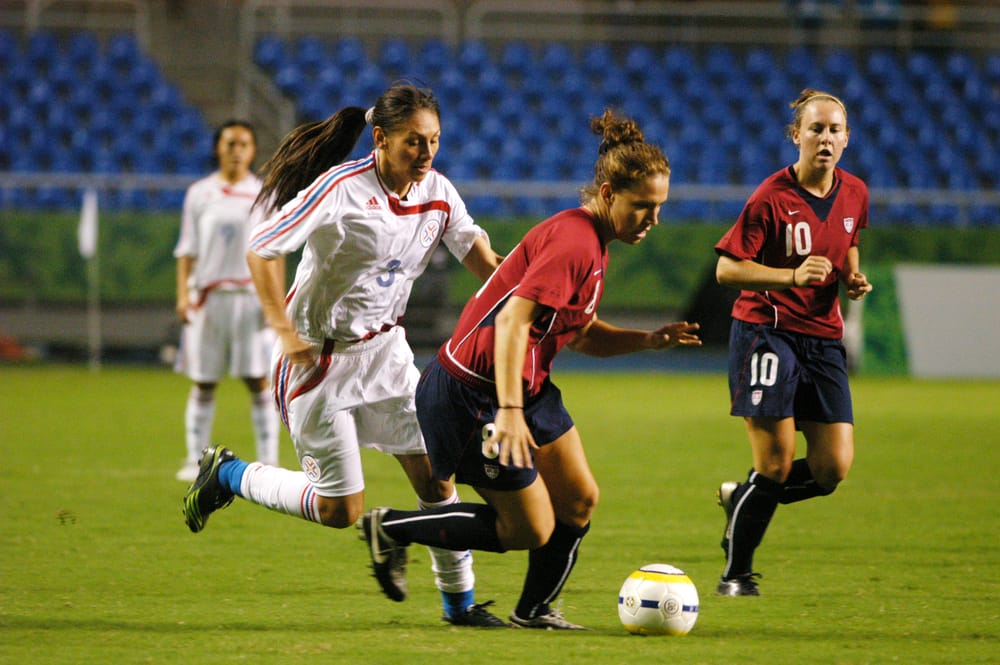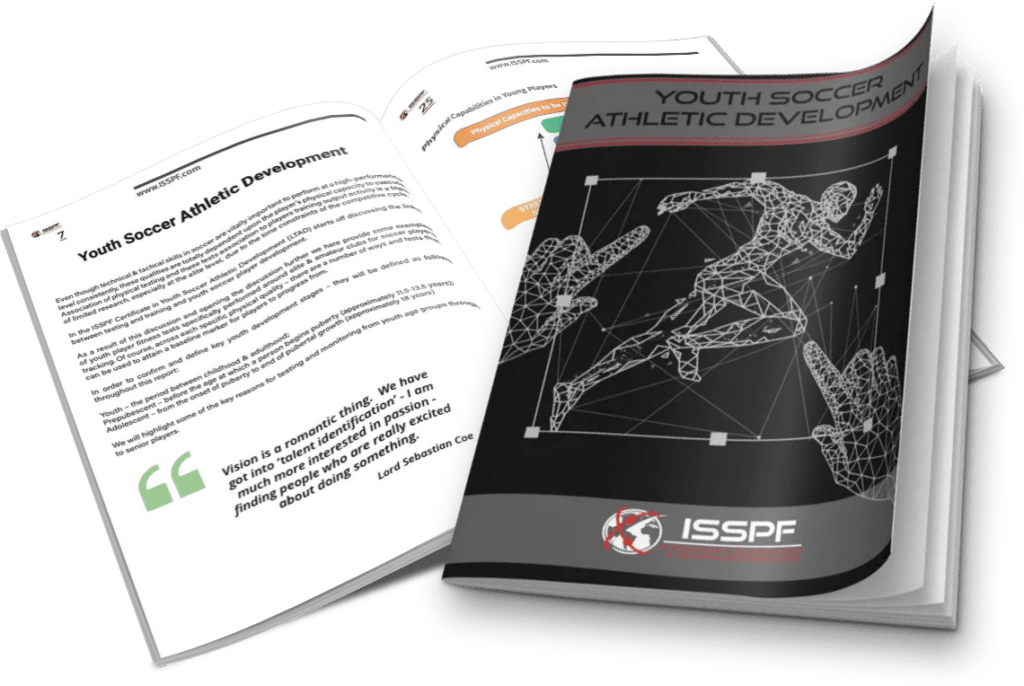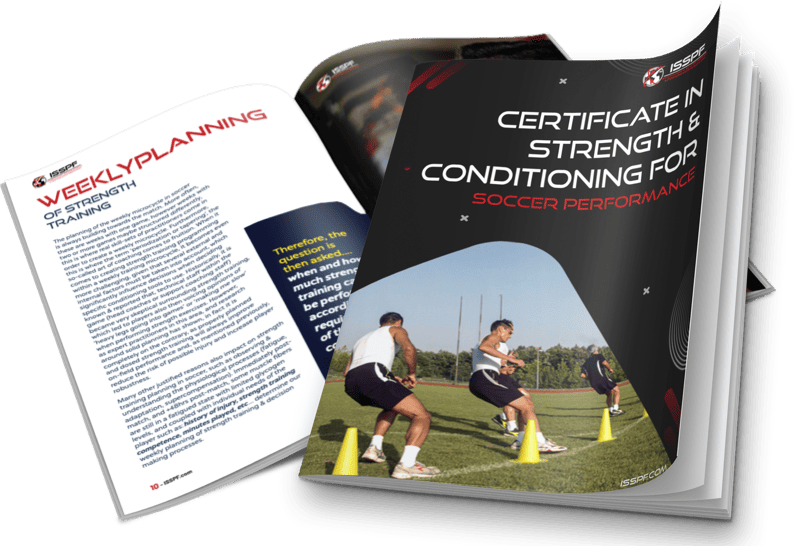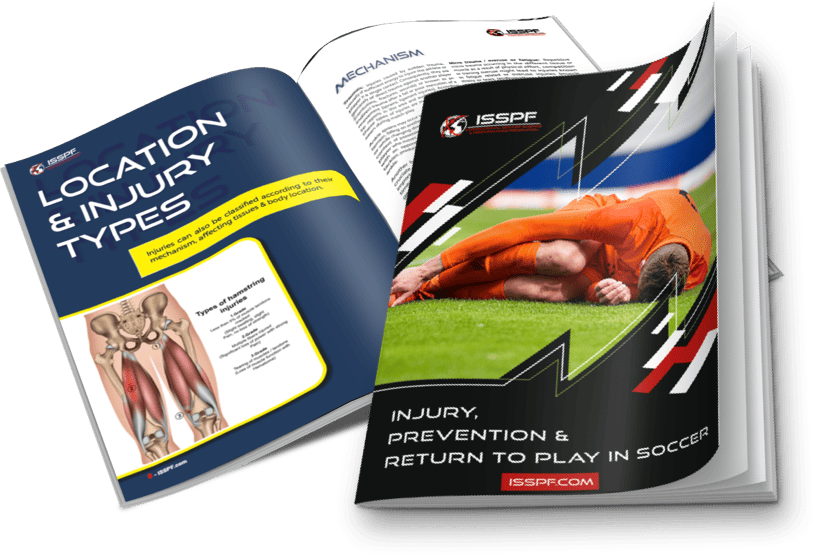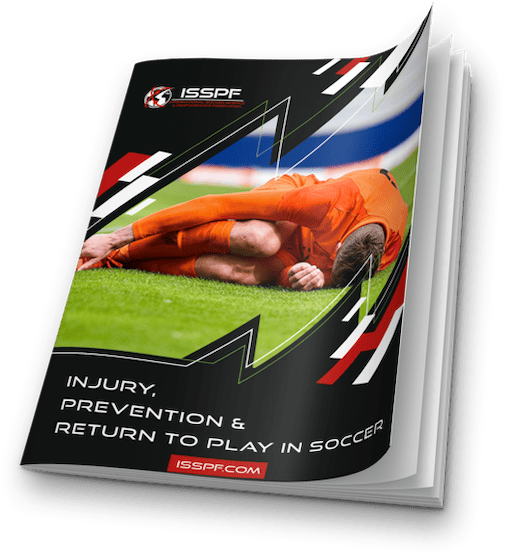Congested fixture schedules and high training loads are always challenging and at the elite level of the game seen as normal practice. No matter the age, tier or competitive level your club plays within, balancing the link between fitness & freshness is a fundmental part of achieving success.
Elite level clubs with progressive structures have the financial support to have squad depth when discussing quality on or even off the bench, however, that´s not the reality of most clubs around the world. As suggested through previous research in this area, not many football clubs can afford to lose their key players during the season throughs injury or suspension and maintain high performance levels
When clubs struggle to replace the high performers in their teams during periods of injury, suspensions etc, in order to save the season whenever worst case scenario comes into play, chances are they will need a very well structured recovery, injury prevention, load management, and training methodology in addition to all the tactical details provided in order to sustain and be successful.
As a medical doctor and performance practitioner in football, I will try and provide my own thoughts through latest research and evidence to provide potential insights into key Strategies that may be considered to assist in performance outcomes.
Recovery methods in the last decade have been very well investigated, and curiosity always exists whenever the latest miracle machine, gadget or trend hits the market place promising the cure for fatigue in elite athletes or performers. The propaganda is slick, mesmerising and convincing in its approach to draw finances from your budget to support!
So how good are the latest whole body cryo chambers, compression garments, massage guns, or miracle working electrical stimuliation machines? Do they deliver what they promise?
Well, we cannot as practitioners disregard all aspects, methods or tools of recovery as each individual person may benefit from one or more of them strategically….as part of recovery protocols I´m sure there is a place – a routine or benefit to each in some way if we look at the research….but we have to understand the physiology behind what they are supposed to offer, and test to find out what exactly they do offer!
Okay, so let´s take ice for example… who hasn´t prescribed an ice bag for a player after a soft tissue injury. Or who hasn´t sent their player for an ice or contrast bath after an extenuous workout or competitive match?
Ice has been around dressing rooms, medical rooms, and are always around, always handy when it comes to injuries and recovery protocols. Who hasn´t heard of the PRICE (Protect – Rest – Ice – Compression – Elevation) protocol? What is the rationale behind making your players feeling like they´re in a refreshing Norwegian frozen lake?
RECOVERY…..
unfortunately, the latest evidence tells us differently. In fact, as for recovery´s sake, it might even do the opposite. It is suggested that this might actually delay the muscle healing and adaptations that are so hard fought, with the possibility you might just be acting against your own performance goal, which is to develop your players further (fitter, faster, stronger).
As scientists, performance practitioners or medical doctors, we must remain glued to the fact that true recovery happens at cellular level (miocyte level). For exmaple, no form of cryo will ever provide repair to your miocytes and recover it faster or stronger. A pool of proteins available on your body can do that. Recovery by it’s very nature and meaning is to take something in trouble/damaged and providing it with something that improves it’s functionality. Guess what…….ice won´t come even close to doing that. But it can make you feel better. If that´s important to you and your players, FANTASTIC.
Feeling relaxed is a small PART of a good recovery, we could say…but if that´s all you want to do for your players, then you are missing out on better opportunities to recover the football athlete. It is very easy to analyse other types of “recovery” methods such as massage guns (…that promise to “relieve the knots” in your muscles…), or recovery compression garments or boots (promising to “recover” and refresh your muscles after a tough workout).
But the whole point of this article is to highlight that it’s ok to prescribe players a couple of trending recovery strategies like the aforementioned ones here… but we should understand that although they may not add significant extra recovery benefits, they are pretty harmless in most cases & may enable the players to feel a better perception of recovered state. They may relieve mental stress, or aid perceptual relaxation which also has it’s benefits if not physiologically.
As medical practitioners working in the game though, what we cannot do is NOT prescribe fundamental recovery strategies that really makes a difference, and have copious amounts of literature supporting this…. FOOD formed of the correct macro- and micro-nutrients provided and consumed at the right time, coupled with adequate rest and training load monitoring. Here we are not discussing fancy supplements (ie. mass gainers, pre-workouts, ZMAs, BCAAs, extra vitamins etc.), however of course, there are a few supplements noted to aid recovery that maybe a better use of finance, such as whey protein, creatine, caffeine, beta alanine, or carbohydrates.
Good sources of carbs pre-session & pre game;
- Adequate amounts of good protein, respecting the type of workout;
- Fixture congestion – increased protein, increased carbs & good fats;
- No fads, make believe & no miracles – use solid science (not funded by modern machines, trends or gadgets);
- Injuries & illness will still happen, as in football there are many variables to consider individually & collectively;
- Even best practice is not 100% injury proof – but it sure is significantly more helpful!
Having worked around the world in the game and practiced as a medical professional in under many management and coaching teams….nothing great comes easy. Culture change takes time, especially in clubs or organisations functioning with traditional training methodology or medical protocols.
Continue to use the unbiased science and strive for best practice where possible… year on year best practice will succeed… and in addition continue to up-skill as a coach, medical, performance or support staff member through professional development to stay ahead of the game. Be a student of the game!
Want to learn more?
Our Certificate in Soccer Science & Performance Course exposes you to the very latest in soccer science & performance principles, strategies and tactics adopted by elite clubs to maximise the performance of their players and teams.
It is also an Official University Accredited Online Course.
Soccer Science & Performance Online Sport Science Course
Share this article:

